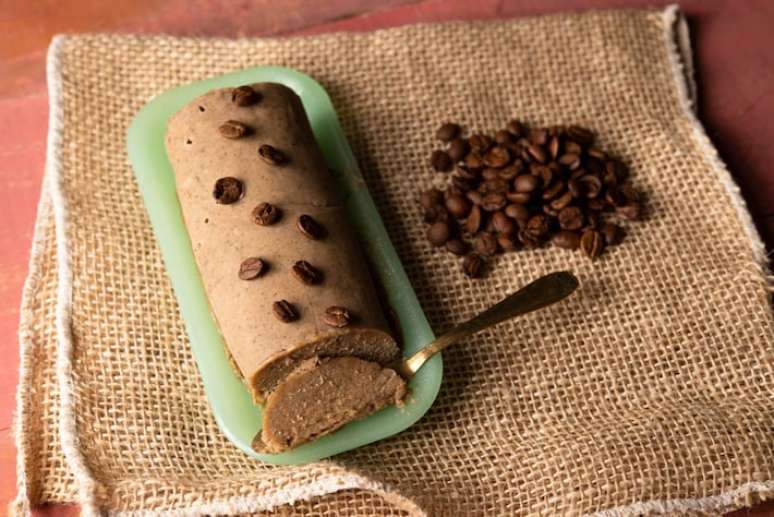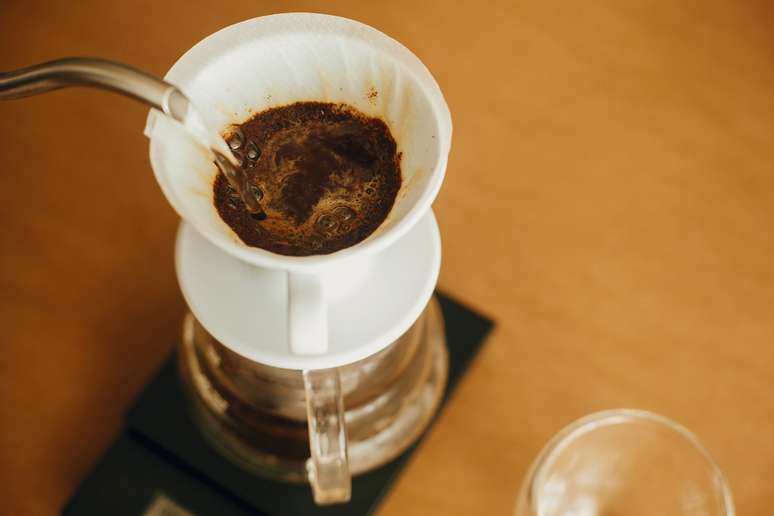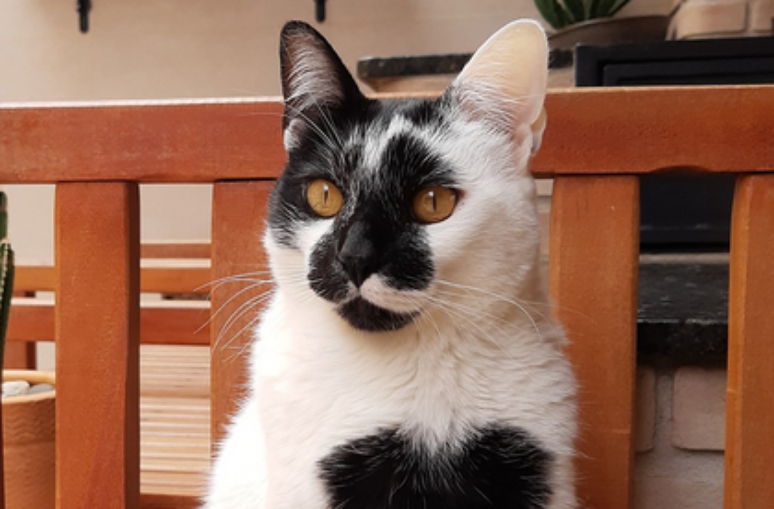Paladar columnist Ensei Neto tells the story of filtered coffee and gives advice on how to make it masterfully
The paper filter was created by a German lady named Amalie Melitta Bentz, who forever changed the way we brew coffee at home. While at the time coffee brewed with cloth filters was full of dust, this new mechanism filtered the remains of the bean better.
Every moment’s companion, brewed coffee is prepared with a filter which can be made of paper, fabric or even metal mesh. Coffee expert Ensei Neto reminds us that there are many ways to prepare this type of coffee, but the important thing is “that the experience is beautiful and brings happy memories, always”.
To ensure the best coffee, we have collected advice from the mind behind the blog Paladar Um Café para Dividi. Watch!
What are the benefits of brewed coffee?
By using the filter the oils present in the coffee are retained. This makes the drink lighter, “smooth like liquor and not olive oil”, which has a heavier greasiness.
Taking measurements
The burning question is: what is the perfect ratio of water and coffee for brewed coffee? The answer is, it depends. “The proportion of coffee in the preparation is a matter of personal taste and local culture.”
In the case of Brazilian coffee prepared with a cloth strainer, 10 g is used for every 100 ml of boiling water. In the United States, brewed coffee is traditionally more diluted, with 5.5 g per 100 ml, the famous “chafé”. A format that has become popular in Brazilian coffee shops is the 7 g per 100 ml format, typical of Japan.
How to serve brewed coffee?
The process is simple and rich in flavour: the hot water must come into direct contact with the powder, passing through the filter and thus arriving in the cup or bottle. It’s almost a ritual:
- Define the volume that will be prepared.
- Pay attention to the water: it must be free of aromas and slightly mineralized, with a pH preferably greater than 7. Let it boil.
- Respect the proportion of water and coffee powder based on the result you prefer. If you want something more intense add more powder, for something more diluted add less. It depends on the customer’s taste.
- Very important: before anything else, scald the paper filter with hot water to eliminate a substance that gives the “wet paper” taste. This improves the sensorial result.
- Add the ground coffee and tap it into the filter holder.
- Add water in a quantity slightly higher than that of the powder, moistening it evenly. This will help with the rest of the preparation.
- Slowly pour in the rest of the water until you reach the desired volume.
- Serve in cups or mugs, whichever is more convenient.
And remember: it is important to consume coffee the moment it has been prepared. Leaving it for the next day is not a good idea, because since the preparation is carried out with hot water (more than 90ºC), cooling leads to the oxidation of the drink, which leaves it with that “yesterday’s coffee” taste.
What are the best types of coffee for making American coffee?
The choice of coffee depends on each person’s personal taste. If you haven’t chosen your favorite yet, we’ll help you. We invited a team of subject matter experts to blind taste nine brands of ground and roasted gourmet coffee available on the market. Discover the top 3 and the complete analysis of each champion.
Coffee recipes to enjoy at home

Coffee is a tasty and very versatile ingredient, with which you can make different types of drinks, as well as excellent desserts. Learn to do recipes that use cereals, from a tiramisu ice cream to a very different coffee butter. Furthermore, opting for desserts that combine coffee and chocolate is also always a good idea. Consult the recipe book.
Source: Terra
Ben Stock is a lifestyle journalist and author at Gossipify. He writes about topics such as health, wellness, travel, food and home decor. He provides practical advice and inspiration to improve well-being, keeps readers up to date with latest lifestyle news and trends, known for his engaging writing style, in-depth analysis and unique perspectives.








![It All Begins Here: What’s in store for Monday, November 3, 2025 Episode 1298 [SPOILERS] It All Begins Here: What’s in store for Monday, November 3, 2025 Episode 1298 [SPOILERS]](https://fr.web.img5.acsta.net/img/53/20/5320f497ef6fe01dea848138ba5e575e.jpg)
